Locating my uncle’s children was much easier when I decided to research the children his wife had with her first husband (before she married my uncle and had children with him). Those children had no biological relationship to me, but their records mentioned the children my aunt by marriage later had with my uncle. And that made them much easier to research.
The 1860-era probate file for Wiley Ashlock does not indicate where in Hancock County, Illinois, he lived. A copy of the sale bill that was included in the probate case file indicated that the administrator of the estate lived in Wythe Township. That would suggest Ashlock lived in that township or near to it given that he was tasked with overseeing the sale of all of Ashlock’s chattel property. The sale bill indicated the sale would be held at Ashlock’s late residence, but his estate inventory does not indicate he owned any real estate. Three men were appointed to appraise Ashlock’s chattel property. Researching where they lived may be in order as they likely lived in the same area of the county where Ashlock was from. We may […]
Your ancestor–perhaps more than one–may have perished in a 19th century epidemic. Cholera and other illnesses could sweep through an area, wrecking devastation in a very short matter of time. The difficulty now can be in learning about these past outbreaks. Local newspapers and county histories are two places to start looking for this type of information. If the time period is right, one can look through old death certificates one after the other to see the cause of death. Academic articles in a variety of journals (historical, sociological, medical, etc.) may also mention earlier epidemics. Readers without home access to materials of this type may wish to see if they can access academic journals though their local library. Some academic studies may be online and located through […]
If the time period and location is right, make certain you have accessed the death certificates for all of your ancestors’ siblings. I can think of two female ancestors for whom no death certificate can be located. In fact, I don’t even know when or where they died. But I do know the names of some of their siblings. In one case the death certificates gave me parental information to work from–although it turned out the siblings were half-siblings and not full ones. In the other case, the death certificate gave a more accurate rendering of the mother’s maiden name. It’s especially important to keep this in mind if your ancestor died in a state that wasn’t recording vital records when they died. It’s possible their siblings died […]
There was a time when photographs were taken carefully and with planning. Film cost money. Development took time. Prints cost money. Pictures were not seen until they were printed. Times are different today. Many of take picture after picture with digital cameras and phones. Even if you back up all those images to the cloud “for future generations,” will anyone want to go through all those pictures if there’s ten or more of every pose? Some of us may take twenty quick pictures hoping to get one good one…without ever erasing the ones that are not so good. If someone after your demise has access to your digital images will they want to go through all of them? Why not erase the duplicates, the similar ones, and keep […]
Those old photographs you have may not just be of family members and friends. The individuals pictured could have been co-workers as well. The 1970s picture in the illustration was (to me) clearly my Mom and her fellow teachers. Sometimes the determination is not so easy. What’s worth remembering is that not everyone you have a picture of is a relative. Co-workers and classmates may easily appear in pictures you have. And occasionally the random person. But if you discover work-related photos, considering sharing them. Someone else may be glad you did.
Many legal documents use the phrase “my heirs and assigns.” There is a difference between those two categories of individuals. My heirs are those individuals who legally will inherit my property if I leave no legal document (such as a will) giving that property to someone else. My assigns are individuals to whom I have assigned property via a legal document that I have signed. If person A dies having only had one child (call them B) and that child survived him, then that child is his heir (will or not). B’s children are not person A’s heirs when A dies as long as B is alive. A could easily, via a legal document, assign or give their property to B’s children–making those grandchildren their “assigns.” B would […]
Was that relative you cannot find an heir to any other relative? If so, have you looked into that relative’s probate or estate file to see if the missing relative is mentioned? A cousin of my great-grandmother disappeared in the 1920s. His brother died without children in the late 1940s without a will. For that brother’s estate to be settled, the missing brother had to be addressed. While the missing brother could not be found, the court record mentioned when the missing brother was last seen; discussed the search attempts made to locate him; and declared him legally dead so the estate could be settled. In that case, the court record did not provide the location I was looking for, but there have been others where “missing” relatives […]
If that one ancestor or family is “giving you fits,” consider taking a break and working on a completely different set of people. Banging your head against a wall is not likely to solve your problem and coming back with a fresh perspective may be what’s needed. And actually getting something done can be motivation as well…even if it is not the project you’ve been working on for some time.
If you are debating what to preserve, focus initially on those items that are unique: memories of family members, photographs, family letters, diaries, and the like. Other items, particularly ones that were published, likely are in other locations. But what’s in someone’s mind or only in your attic or closet is what you should focus on.
Sometimes it can be easy to overlook those relatives who left no descendants of their own. They also have their stories to tell and those stories are just as important as those of relatives who left families of their own. A 1908 horse accident left Mary Trautvetter with her legs broken in three places, a broken arm, and other injuries. Her sister, Anna, was injured as well–but not as severely. It’s possible that the injuries from the accident impacted Mary for the rest of her life. Mary never married. Her sister Anna (Trautvetter) McMahon died in the 1920s and Mary raised Anna’s daughter who was left orphaned by the death of both her parents. Mary died in 1962 and is buried in the Lutheran Cemetery in Warsaw, Hancock […]
Relatives who changed their name can create research challenges. Your ancestor might have changed their name without going through the legal process of making an “official” name change. There are some ways to document the change. Military service or pension records may document name changes. Land records may document a name change if the seller was using a different name than when he acquired the property. Probate records may refer to a previously used name by the deceased individual. A divorce record may mention previous names used by one of the parties. Criminal court records may also reference aliases or other names used by the defendant. If you are biologically related to the person who changed their name, your DNA matches may help you determine their true identity. […]
Your first draft of a family story or memory can be incomplete. Get down what you remember initially without worrying about grammar, getting all the political jurisdictions for a location, and the like. Those details matter, but clarification can take place later. Just write the darn draft in the first place. There are ways to improve this (complete names are another good idea), but it can’t be improved upon if it is not written.
Relying on just one source for a fact can be problematic. Any one source can be incorrect. One has to consider how reliable that source probably is and know knowledgeable the likely informant was. Sometimes those two things can be difficult to determine. While more that one source for the same fact is ideal, it’s not always possible to get multiple sources–particularly independent ones. But don’t find one source and immediately think you’ve answered the question. You might have. But you might not have either.
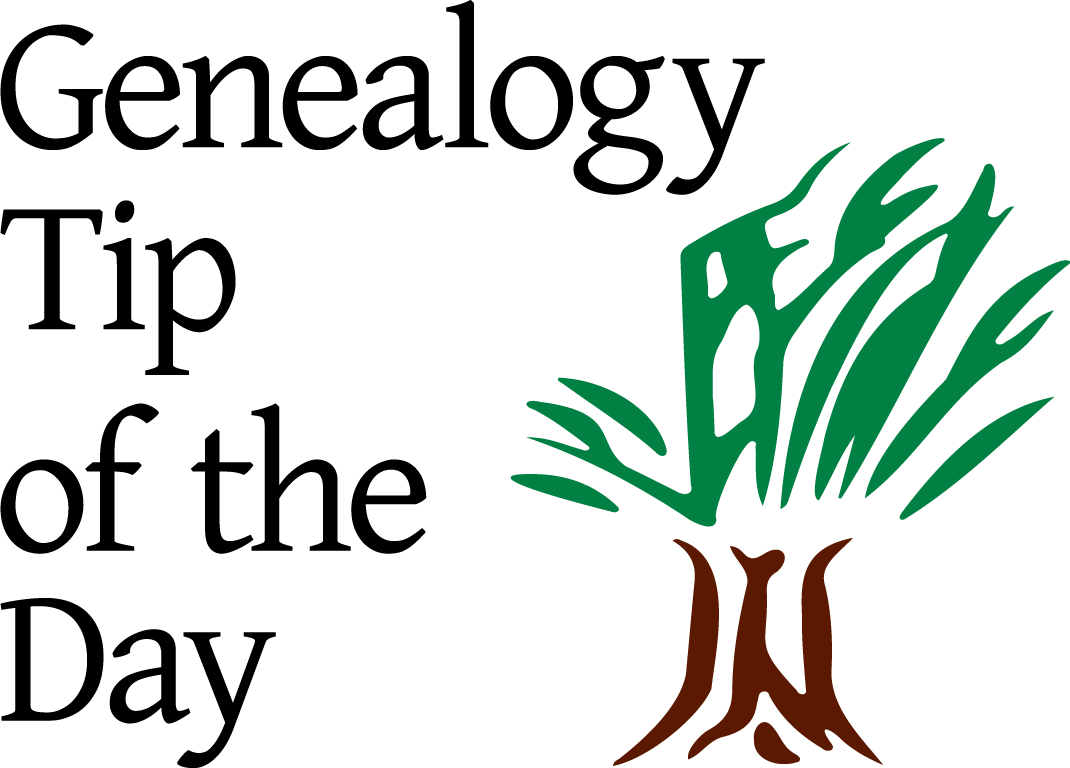
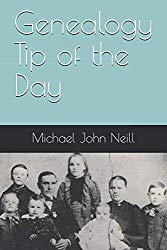
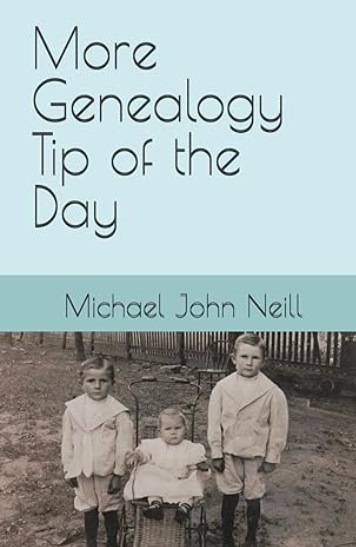


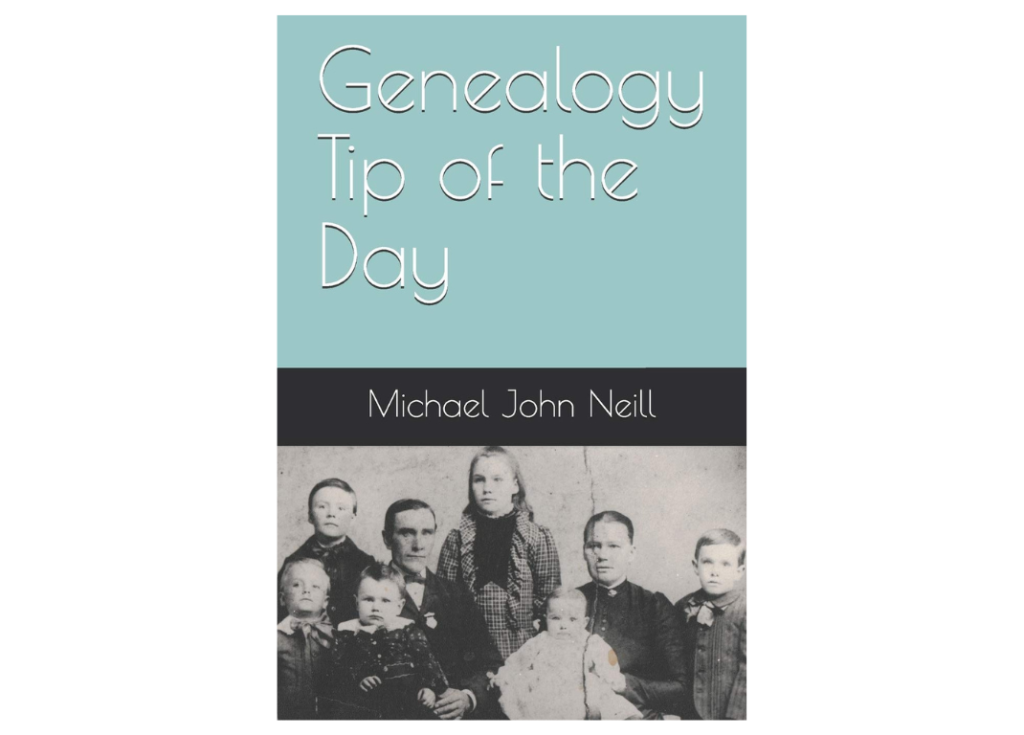
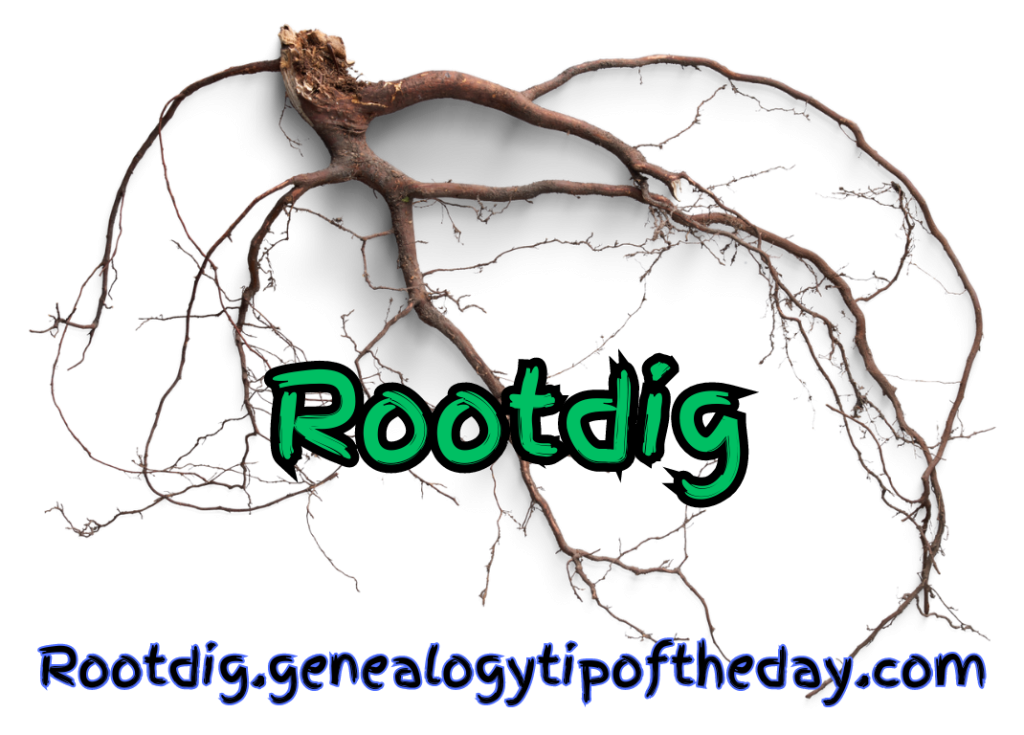

Recent Comments